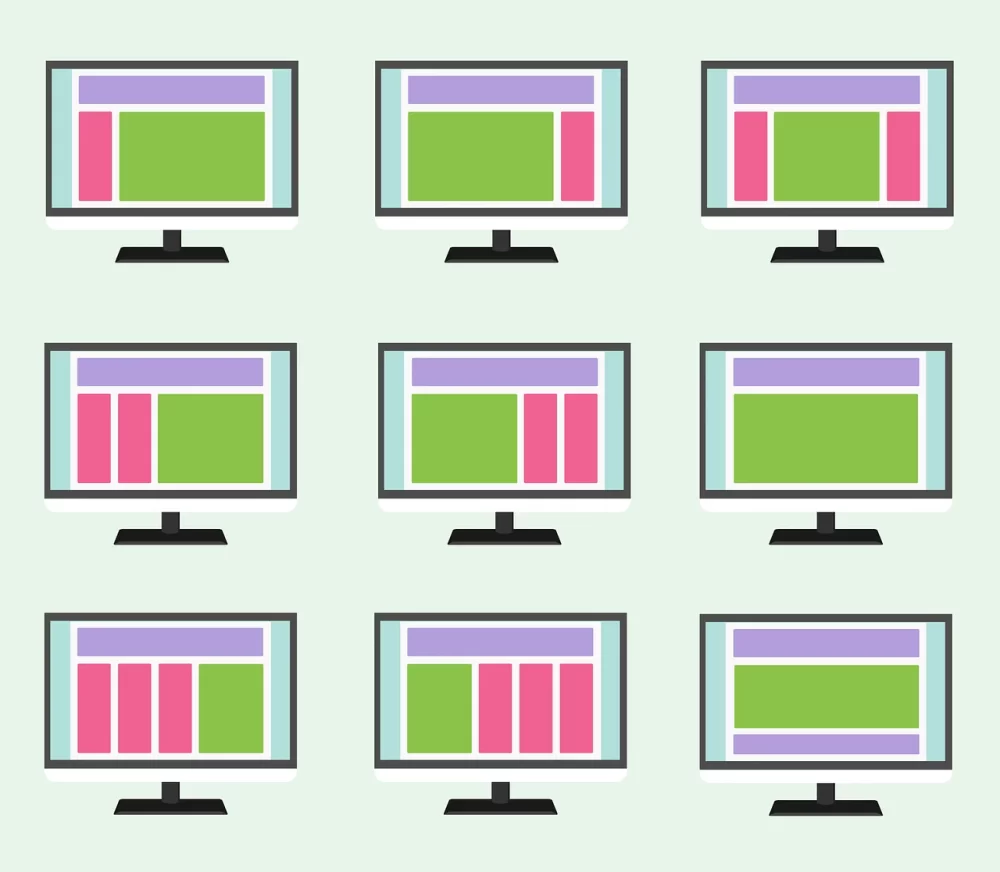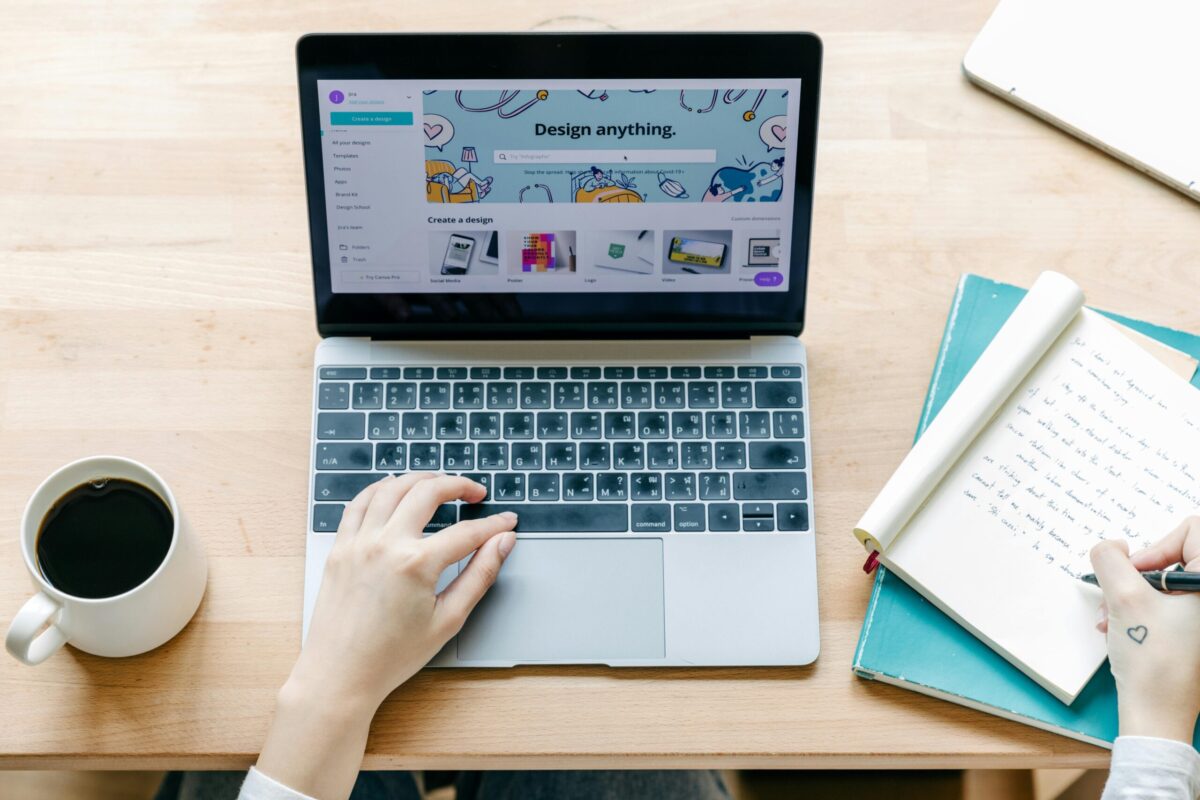Design plays a crucial role in the blogging world, significantly impacting the ability to attract and retain readers. A user-friendly blog layout enhances the aesthetic appeal of your site and provides a seamless experience for visitors, leading to longer reading sessions and increased engagement. Here’s how to create a practical blog layout that keeps your audience coming back.
1. Choose the Right Blogging Platform
Before making design choices, selecting the right blogging platform is essential. Options like WordPress, Squarespace, and Wix offer various themes and customization features suitable for bloggers at all levels. Assess your needs and choose a platform that provides flexibility in design and is user-friendly for you and your visitors (Wix).
2. Select a Clean and Responsive Theme
Simplicity is key when choosing a theme. A clean design helps direct readers’ attention to your content effectively. Look for themes that prioritize readability and feature ample white space.
Responsive Design
Ensure your theme is mobile-responsive; most web traffic comes from mobile devices. A responsive design adjusts to different screen sizes, providing an optimal viewing experience on smartphones and tablets (Linnworks).
3. Focus on Readability
Readability is essential since the primary purpose of your blog is to share content. Consider the following:
- Font Choice: Opt for easy-to-read fonts like Arial, Helvetica, or Georgia. Avoid overly decorative fonts that could distract readers.
- Font Size: Use a size comfortable for reading (generally 16 px or larger for body text).
- Line Spacing: Ensure sufficient spacing (1.5 to 1.75) to create a clear visual separation between lines, enhancing readability (Content Whale).
4. Streamlined Navigation
An intuitive navigation structure is vital for user-friendly blog layouts. Visitors should find information easily without feeling overwhelmed. Here are some tips:
- Simple Menu Structure: Limit main menu items to 5-7 key sections. Categorize content logically, using clear labels like “About,” “Blog,” and “Contact.”
- Search Functionality: Incorporate a search bar to quickly help visitors find specific content.
- Breadcrumbs: Implement breadcrumb navigation to show users their current location within your site, enhancing contextual clarity (Aicontentfy).
5. Use High-Quality Images
Visual elements enrich your blog and enhance the reader’s experience. Use high-quality, relevant images to break up text and create visual interest.
- Consistent Style: Maintain a cohesive image style across your blog, ensuring alignment with your brand.
- Alt Text: Add descriptive alt text to your images for improved accessibility and enhanced SEO efforts.
6. Incorporate Clear Calls to Action (CTAs)
Effective CTAs guide readers toward desired actions, such as subscribing to your newsletter or sharing your blog—design CTAs to stand out visually and be quickly located. Use contrasting colors and clear language to encourage engagement.
7. Prioritize Loading Speed
A fast-loading blog improves user experience; slow load times can drive visitors away. Optimize images for quicker loading by compressing them and using appropriate formats (e.g., JPEG for photos, PNG for graphics). Consider caching solutions and minimizing plugins to enhance performance (Bellano Web Studio).
8. Solicit Feedback and Iterate
Once your blog layout is live, gather feedback from users. Encourage friends and fellow bloggers to test your site and provide insights on navigation and overall appeal. Use this feedback to make data-driven improvements and refine your design over time.
Conclusion
Creating a user-friendly blog layout is critical for a successful blogging journey. You can create an engaging space that encourages visitors to interact with your content by prioritizing readability, streamlined navigation, and visual appeal. Selecting the right theme, focusing on user experience, and continuously iterating based on feedback will attract readers and foster loyalty, enabling your blog to thrive in a competitive market. For more tips on effective blog design, explore resources about blogging from our blog.
Melinda Osman is the founder of Qwery M, a dynamic platform dedicated to empowering individuals through career counseling, lifestyle tips, and blogging guidance. With a genuine passion for helping others succeed, Melinda leverages her experience and expertise to support personal and professional growth, inspiring her community every day.
Last updated on April 18th, 2025 at 07:12 am
Discover more from Qwery M
Subscribe to get the latest posts sent to your email.





